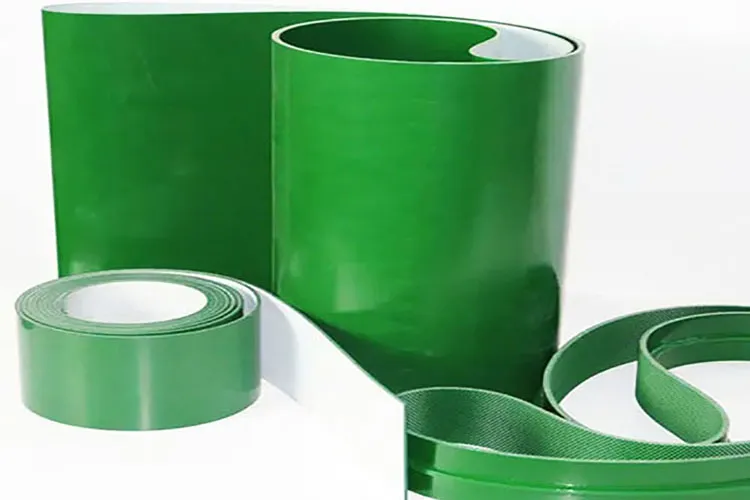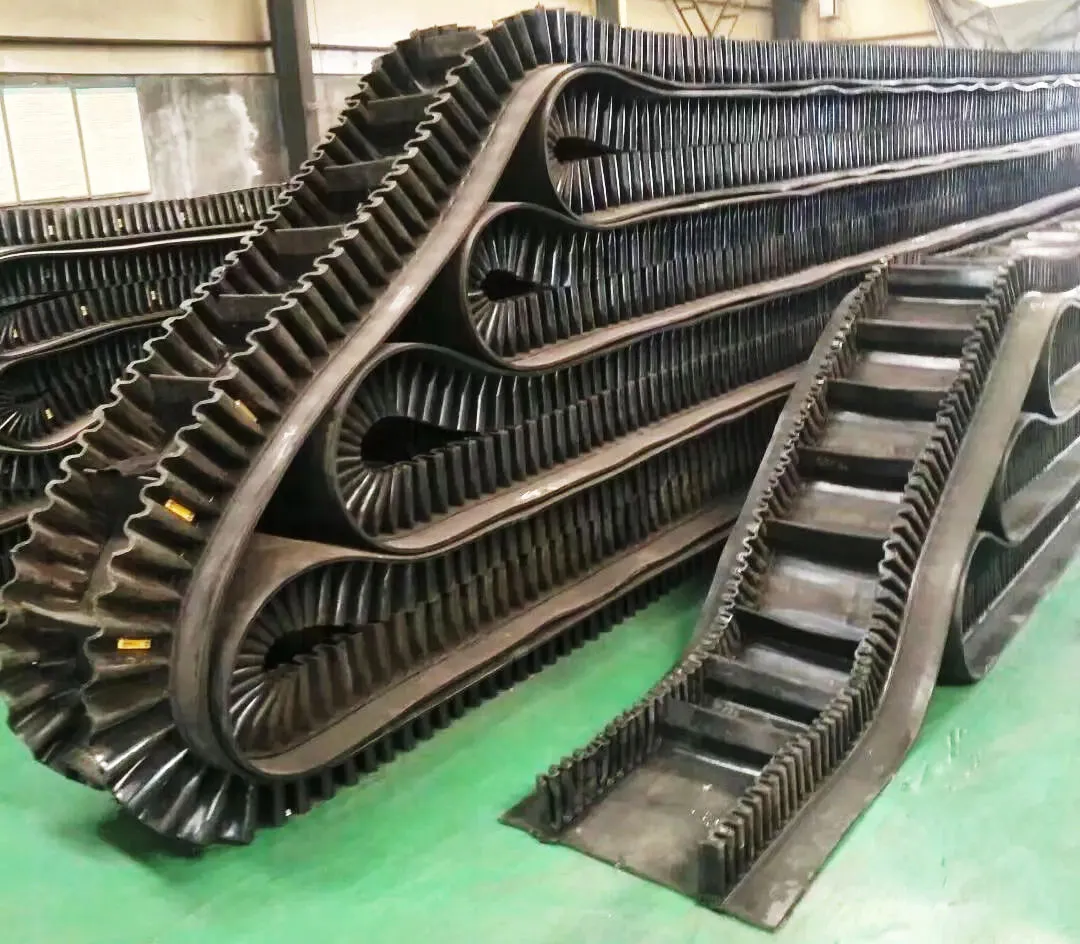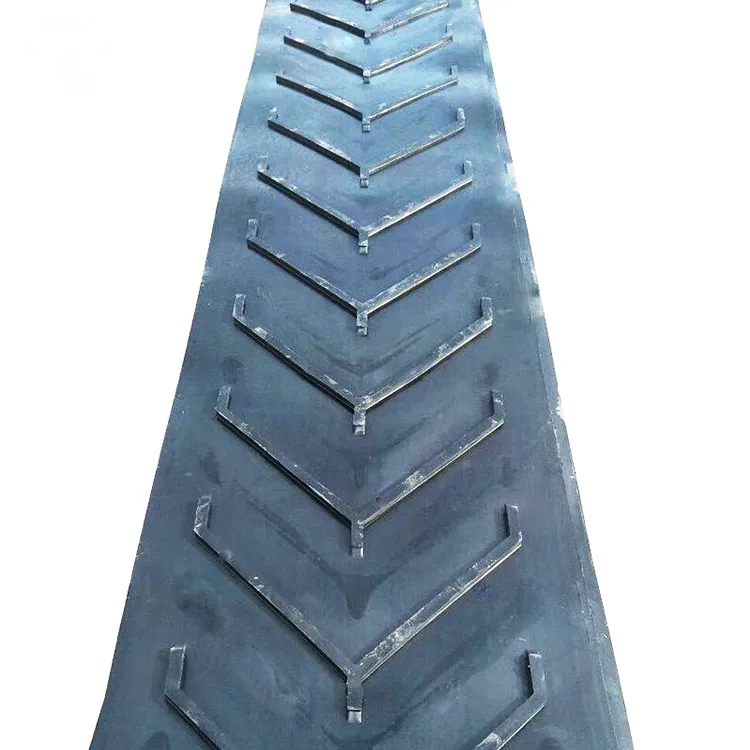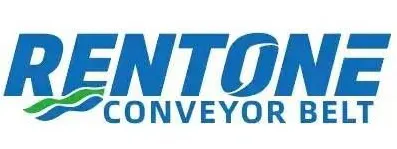Conveyor belts carry things from one place to another with rollers. This technique allows many manufacturers to do things without labor. In today’s world, it is an indispensable item for small—to large-scale factories. Thus, the Cost of the Conveyor Belt is a crucial topic.
Several factors affect conveyor belt pricing. Material type, size, load capacity, and customization all matter. Complex design, special features, and brands also play a crucial role in the overall cost of the conveyor belt. Cost is one of the most critical factors when choosing a suitable conveyor belt. So, you must take this into account seriously.
This article provides a complete guide to conveyor belt costs. It generally gives you an idea of how much a conveyor belt may cost. It also explains the factors that directly influence the overall cost of the conveyor belt. Whether you are a supplier or running a factory, this article can help you learn more about conveyor belt pricing.
Overview of Conveyor Belt Pricing
If you wanna be successful in your business, you must know how to price your product. The same thing happens when you deal with conveyor belts. The conveyor belt cost is pretty straightforward. It depends on several factors that you will learn in the next section.
However, buying or selling a conveyor belt is typically priced per meter or foot. The specific pricing unit depends on different country standards. For example, a regular rubber conveyor belt might cost around $30 to $60 per meter, while unique conveyor belts may cost up to $50 to $100.
Key Factors Affecting the Cost of Conveyor Belt
Conveyor belts can be of various types. As you know, it is crucial in mining, manufacturing, and logistics. Therefore, their cost constraints are also different. In general, the cost of a conveyor belt depends on certain factors. And you must know what influences the price. This way, you can make the right choice.
Material Type
You can use various materials to make conveyor belts. The type of material generally depends on your specific needs. For example, some materials are excellent against fire, while some are great against chemicals. Some materials are food-grade, while some are used in mining. Therefore, you can realize that the cost of conveyor belts heavily changes.
- A rubber conveyor belt is more familiar, durable, and affordable than other types. Most people use them for general purposes.
- PVC and PU conveyor belts are much more expensive than rubber belts. Their main reasons are their hygienic and water-resistance abilities. Therefore, they are often used in food processing industries.
- Metal conveyor belts are stronger and more durable. They are ideal for heavy-duty applications and can endure high-temperature environments.
- Also, you can use different coating materials, which could add to the final cost.
For example, a regular rubber conveyor belt costs around $30 to $60 per meter, a PVC conveyor belt costs from $45 to $120 per meter, a textile conveyor belt costs from $60 to $150 per meter, and a steel-cord conveyor belt costs from $150 to $300 per meter. Specialized conveyor belts cost from $150 to $600 per meter, depending on special features.

Size and Length
The size and length of the conveyor belt directly impact its cost. Longer belts typically require more material, which increases their weight and, eventually, their price. Consequently, broader belts also cost more. Also, you must pay attention to the thickness of the material. Although thicker materials are expensive, they are robust and last longer.
Also, if you are doing custom sizes, the cost of these conveyor belts changes dramatically. As you know, custom sizes need custom molds. Because of this, the cost per part increases significantly. In this case, small-scale products typically have higher prices than usual ones.

Design Types and Complexity
The shape or appearance also affects the cost of the conveyor belt. The conveyor belt design typically determines the type of manufacturing. For custom shapes, you will need to prepare custom dies.
Flat conveyor belts are relatively simple and cheap to make. They are ideal for essential material transport. You may find their uses in logistics and some manufacturing plants. Cleated conveyor belts, on the other hand, have raised sections that prevent slipping. These conveyor belts are also known as profiled conveyor belts. They are more expensive than flat belts.
Moreover, modular conveyor belts are built in sections. They are much more durable but expensive than other types of belts. They are also easy to repair and can be used for a long time. Curved or inclined designs are specialized designs that require advanced engineering and materials. As a result, they require even more costs to manufacture.
Overall, the more complex the design is, the more difficult it is to make. Consequently, the cost of the conveyor belt is necessary.

Load Capacity
The load capacity is also a crucial factor to consider. It directly affects the overall size, design, and the material type.
If your project involves light loads, you can choose a thinner and much cheaper conveyor belt. These types of conveyor belts are often seen in food factories. On the other hand, if your project involves heavy loads, you would better find stronger conveyor belts. The stronger belts mean thicker materials, which significantly adds to the cost.
Reinforced conveyor belts are typically designed to handle high loads. These conveyor belts come with steel cords or fabric layers. This addition of reinforcement materials adds to the cost of the conveyor belt.
Therefore, always ensure you have chosen the belt that can handle the load. Overloading a cheaper belt can lead to frequent repair. So, to reduce your total ownership cost, you must be careful when choosing the belt first.
Customization
One main reason for the increased cost of conveyor belts is customization. Although customization allows you to accomplish unique project needs, it adds extra cost.
First, custom conveyor belts typically come in custom sizes and designs. To manufacture custom products, you need custom dies, which are expensive to make. Besides, special coatings, such as anti-slip or fire-resistant layers, add to the price.
On the other hand, adding sidewalls or cleats also increases the cost. Sidewalls and cleats amazingly improve your project efficiency. Custom colors or branding also raise the overall conveyor belt cost.
Additional Cost of Conveyor Belt
If you are not a supplier or retail seller, your conveyor belt might have two additional costs besides the initial product cost. These costs are included in the total cost of the conveyor system.
The first is the installation cost. The cost of installing a conveyor belt depends on its size, design, and complexity. A basic installation may cost $1,000 to $5,000. If your project is large, it may require more complex setups, which can cost $10,000 or more.

The whole installation package includes labor, tools, and equipment. Sometimes, custom installation might be necessary, like in high elevation or tight spaces. The cost of installing a conveyor belt in challenging locations might be higher.
The second cost constraint is maintenance or upkeep, which includes upkeep, repair, and replacement. After installing the conveyor belt, you must maintain it regularly if you want it to perform well for a long time. You must plan for a routine checkup, cleaning, and lubrication. This routine checkup requires extra labor and equipment and costs around $500 to $1,000.
On the other hand, you can replace parts like rollers, bearings, or damaged belts. Depending on your needs, these items cost around $500 to $1,000. Failure to perform maintenance on time may result in higher repair costs.
Both of these cost constraints heavily affect the total productivity of your business. By understanding them, you can effectively budget for your whole business plan. This way, you can prolong your conveyor system lifespan. In addition, you can also ensure reliability and reduce downtime of your business.
Expert Advice to Optimize Conveyor Belt Pricing
Optimizing the cost based on your project needs is wise. Some people think expensive items are always better, but they’re not. On the other hand, cheaper products can provide the highest quality standards. So, balancing the quality and cost of a conveyor belt is critical.
(1) First, understand your project needs. List all the requirements. You can check the material type, load capacity, and operating environment.
(2) Get quotes from various suppliers. If you need bulk products, it’s better to find them at the factory. Then, compare prices, quality, and, of course, warranties. In this case, a detailed comparison can help you optimize the cost of the conveyor belt.
(3) Try to invest in durable materials. Although they may initially cost more, they can provide long-lasting service and reduce maintenance costs in the long run.
(4) Try to consider standard sizes and lengths. Custom sizes always cost more, sometimes double or triple the standard prices. So, choosing standard sizes can greatly help you optimize the conveyor belt pricing.
Contact Us!
Rentone Belt is the ideal place for high-quality conveyor belts. This factory offers a wide range of conveyor belts. Whether you need food processing, mining, or chemical processing conveyor belts, you can choose RB conveyor belts. If you have any questions, contact our customer support team.
